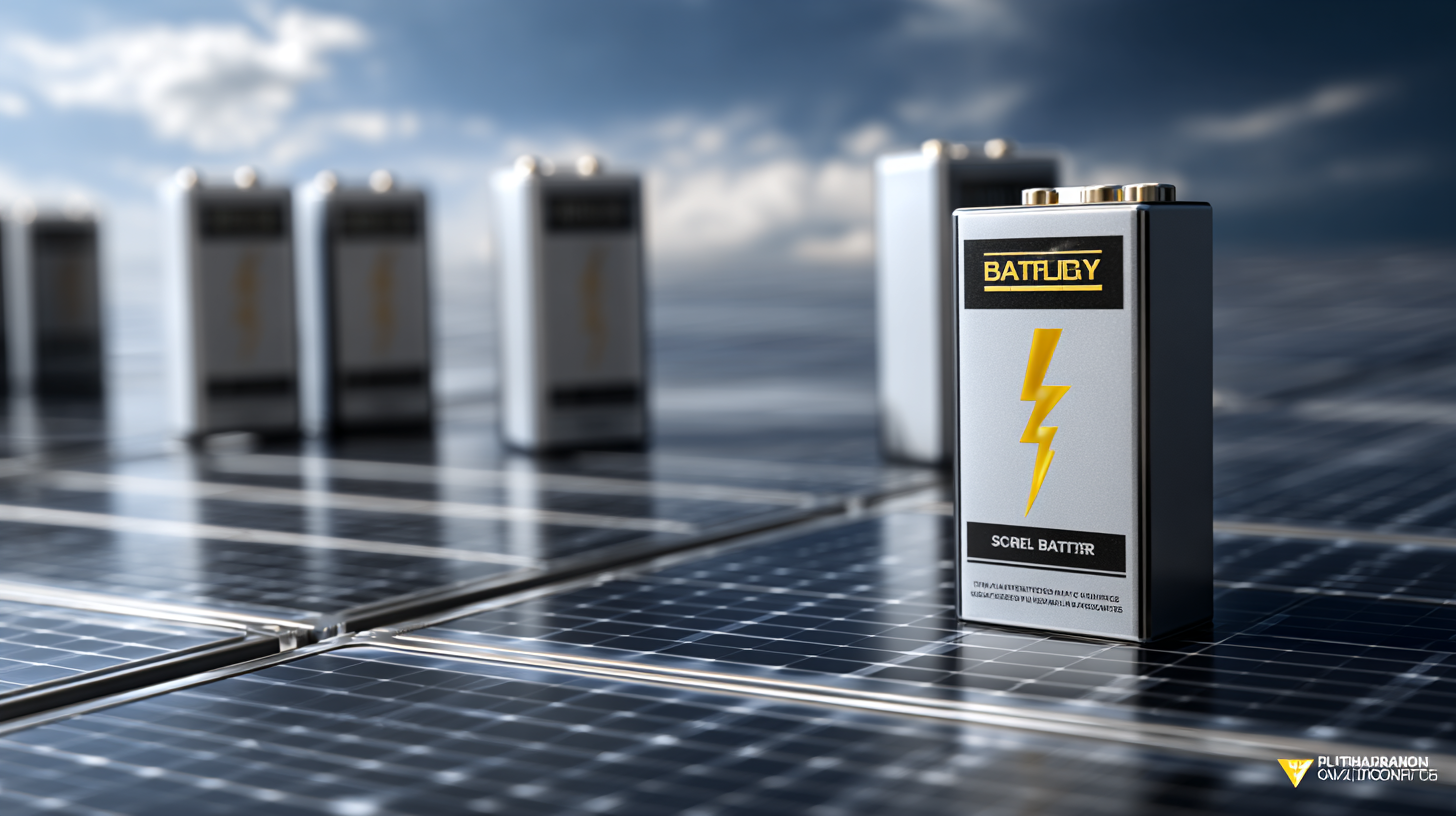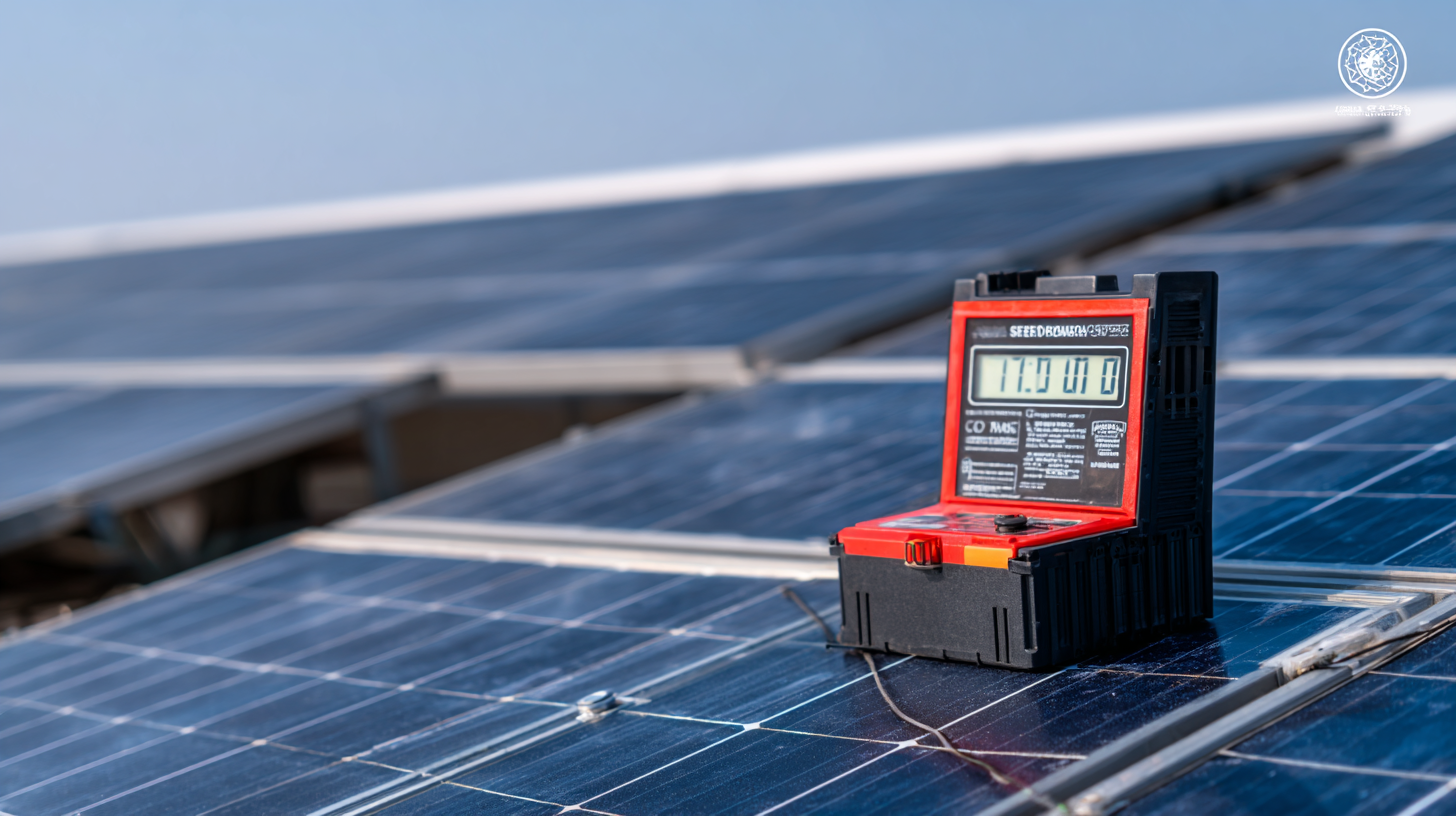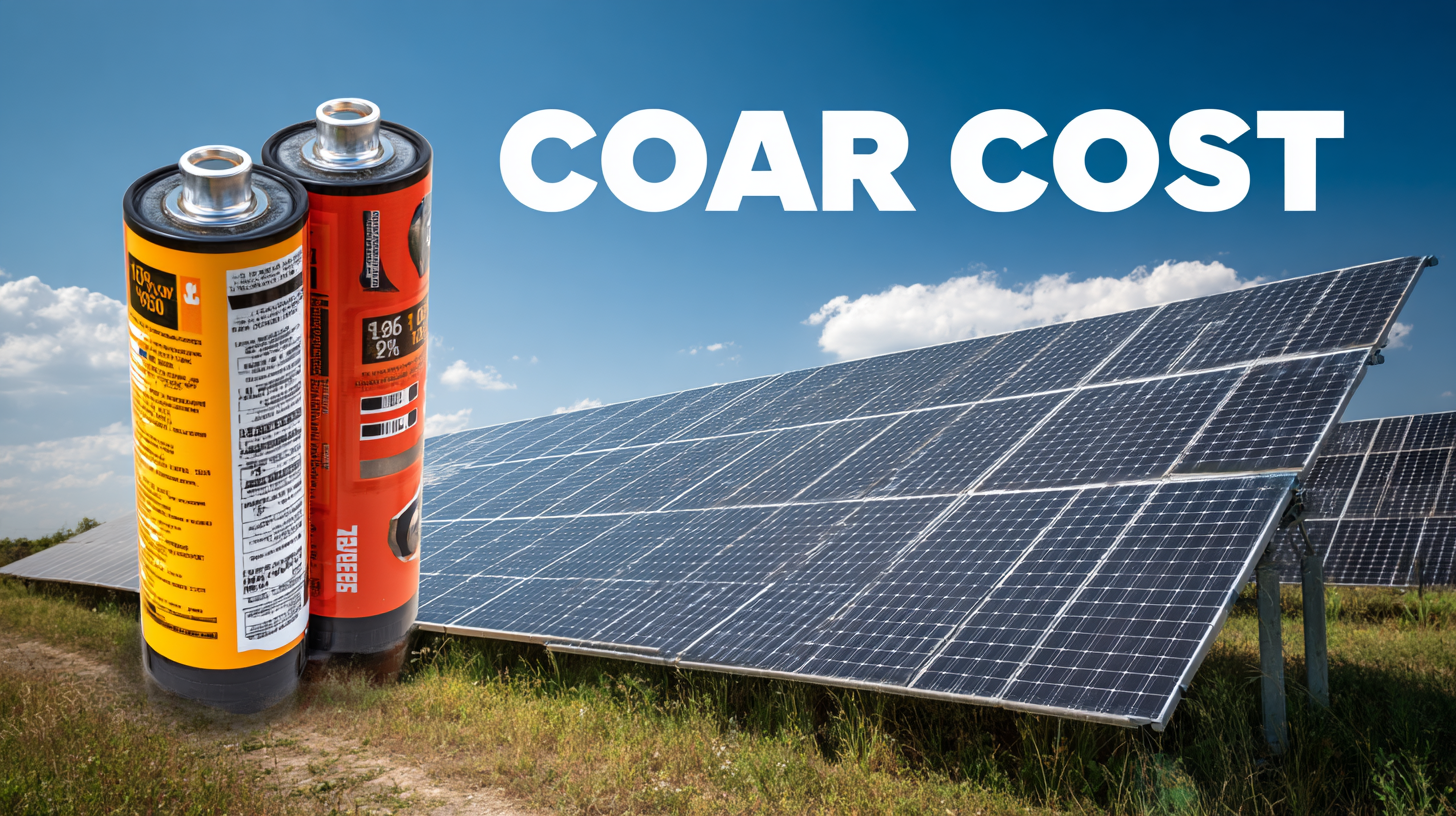As the global demand for renewable energy solutions continues to rise, understanding the intricate dynamics of solar panels and battery cost is paramount for manufacturers and consumers alike. According to a recent report by the International Renewable Energy Agency (IRENA), the cost of solar photovoltaics has plummeted by over 80% since 2010, making solar energy more accessible than ever. Furthermore, the report highlights that advancements in battery technology are driving down costs, which are expected to decrease by 50% by 2030, fostering a significant growth in energy storage solutions and boosting the overall efficiency of solar systems. In this comprehensive tutorial, we will delve into the nuances of export certifications for solar products, explore the best solar panels available in the market today, and provide essential insights into optimizing costs associated with solar panels and batteries, ensuring that manufacturers not only meet compliance regulations but also thrive in an increasingly competitive global marketplace.

In the rapidly evolving solar industry, export certifications have emerged as a crucial element for businesses aiming to thrive in the global market. These certifications not only affirm the quality and efficiency of solar products but also enhance credibility among consumers and businesses alike. As seen in the recent push for renewable energy certificates in Da Nang, companies are increasingly recognizing the need for compliance with export standards to navigate the competitive landscape while contributing to sustainable energy goals.
Moreover, developments in countries like Qatar and China highlight the growing significance of export certifications as part of larger renewable energy strategies. With Qatar pivoting towards solar energy alongside its traditional natural gas sector, understanding certification requirements becomes vital for international partnerships and investment opportunities. Similarly, China's ambitious renewable energy plan emphasizes the role of certifications in achieving set targets, encouraging businesses to adapt and innovate within a framework that fosters growth and sustainability in the solar market. As businesses navigate these dynamic environments, mastering export certifications will be key to unlocking new opportunities and ensuring long-term success.
When considering the investment in solar panels and batteries, understanding the key factors influencing their costs is essential for maximizing value. According to a report by the Solar Energy Industries Association (SEIA), the average cost of solar photovoltaic (PV) systems has declined by approximately 89% since 2000, largely due to technological advancements and increased manufacturing efficiencies. However, while the price of panels can vary greatly based on brand and efficiency, the regional availability of incentives and financing options can significantly influence the final cost.
In addition to solar panel pricing, the cost of battery storage is also impacted by several variables. Research from Bloomberg New Energy Finance indicates that the cost of lithium-ion batteries has decreased by nearly 89% from 2010 to 2020, making energy storage a more viable option for solar users. Factors such as battery chemistry, capacity, and the balance of system components additionally play a critical role in price variation. As the market evolves, those looking to invest in solar technology must remain informed about these key determining factors to make educated decisions that align with their financial and energy goals.

When it comes to choosing the best solar panels available today, a comparative analysis is essential to navigate the myriad of options on the market. With advancements in technology, the efficiency ratings and durability of solar panels have seen significant improvements. Leading brands such as LG, SunPower, and Canadian Solar consistently rank high due to their innovative designs and robust warranties. Evaluating factors like energy efficiency, temperature co-efficient, and degradation rates can help consumers make informed decisions based on their specific energy needs and regional climate considerations.

Another critical aspect to explore is the cost versus performance ratio of these solar panels. While premium brands often come at a higher price point, it’s crucial to assess the long-term savings on energy bills and potential government incentives. Mid-range options, like Q CELLS or Jinko, may offer a compelling balance between cost and efficiency, appealing to budget-conscious homeowners. By conducting a thorough comparative analysis of the best solar panels on the market, prospective buyers can identify the ideal product that meets both their financial and energy needs, paving the way for a sustainable and cost-effective energy solution.
The solar market is poised for significant growth, with projections indicating that global solar installations could reach up to 1,000 gigawatts (GW) by 2025. According to the International Energy Agency (IEA), this expansion is driven by increasing investments in renewable energy and advancements in solar technology, which are making solar panels more efficient and economically viable. As countries work towards net-zero emissions goals, the demand for solar energy is expected to rise sharply, positioning solar as a cornerstone of the global energy transition.
In addition to installation growth, the solar battery market is also anticipated to flourish. Research from BloombergNEF forecasts that global energy storage capacity will surge to 400 GWh by 2025, with battery costs decreasing significantly. The continuous decline in lithium-ion battery prices, which have fallen by about 89% since 2010, enhances the viability of solar plus storage systems. This intersection of solar energy and battery storage not only supports grid stability but also empowers consumers to optimize their energy use, ensuring both savings and sustainability in the coming years.
The following chart illustrates the projected growth trends in the solar panel and battery market from 2021 to 2025, showcasing a steady increase in both sectors as renewable energy continues to gain momentum globally.
Navigating the complex maze of regulatory compliance is crucial for companies looking to export solar technologies. A detailed understanding of export certifications not only ensures adherence to global regulations but also enhances marketability. According to recent data from the International Energy Agency (IEA), global solar panel shipments reached approximately 130 gigawatts in 2022, underscoring the need for manufacturers to comply with various governmental standards to effectively tap into these expanding markets.
When preparing for export, it is essential to familiarize yourself with the specific certifications required by your target country, such as CE marking in Europe or UL certification in the United States. For instance, a report from the Solar Energy Industries Association (SEIA) indicates that over 50% of U.S. solar panels are imported, emphasizing the importance of understanding environmental regulations and safety standards to streamline the export process.
**Tip:** Before initiating the export process, conduct a thorough analysis of the destination country’s regulatory framework. This proactive approach will help identify potential hurdles early on.
Furthermore, staying updated on evolving certifications and compliance requirements can provide a competitive edge. The global market for solar panels is projected to grow at a CAGR of 20% from 2023 to 2028, according to Allied Market Research. Embracing best practices in export certifications will not only help in meeting compliance but also in reducing costs associated with delays or rejections during export.
**Tip:** Engage with industry experts or regulatory consultants that specialize in export compliance to ensure you stay ahead of changes and maintain compliance smoothly.